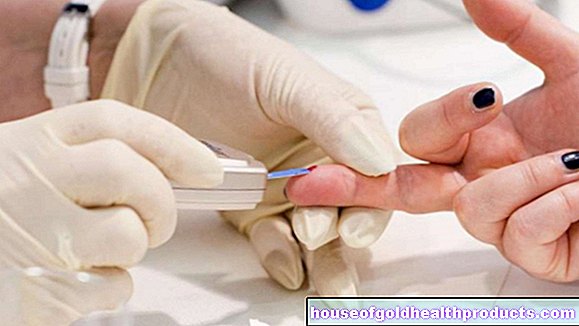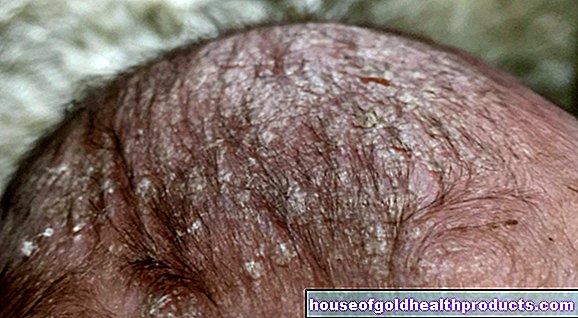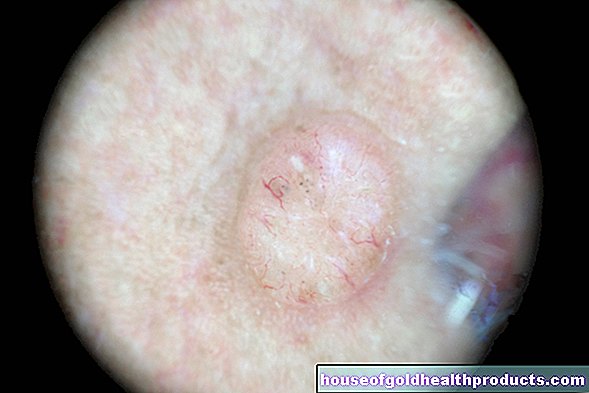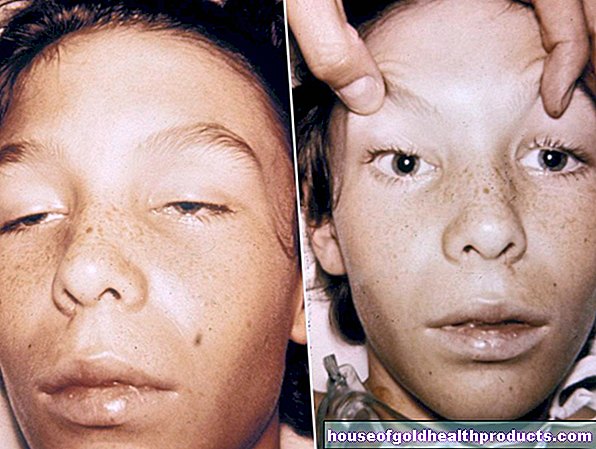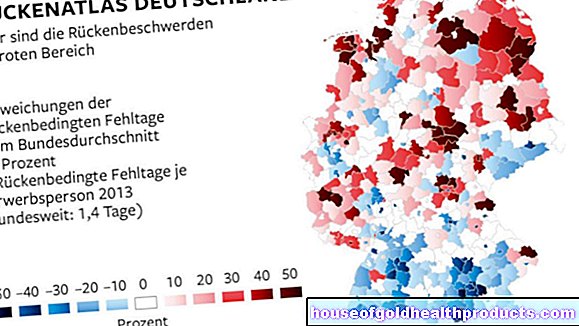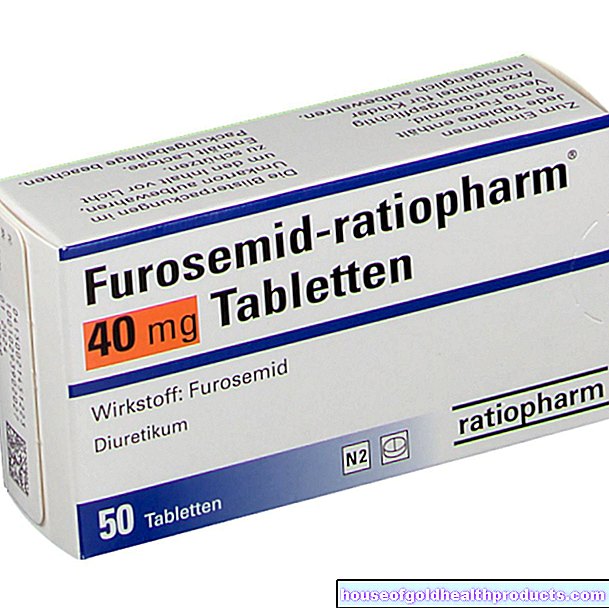Prick test
Dr. med. Philipp Nicol is a freelance writer for the medical editorial team.
More about the experts All content is checked by medical journalists.The prick test is a skin test. Above all, immediate-type allergies (type I) can be detected. Here you can read everything you need to know about the prick test, how it works and what you need to consider.

What is a skin prick test?
The skin prick test is a frequently used skin test. It can be used to detect hypersensitivity reactions that are triggered by contact with certain substances (allergens such as pollen). This type of skin test is known as an in vivo test. In contrast, a laboratory test with a blood sample is called an in-vitro test.
When do you do a skin prick test?
The skin prick test is a quick and inexpensive standard method for diagnosing various allergies. It is used for the following allergen groups:
- Pollen (e.g. from birch, alder, hazelnut and grass)
- House dust mites
- Molds
- Animal hair
- Food (milk, egg and fish protein as well as legumes and fruits)
- Insecticides
What do you do with a skin prick test?
For the prick test, the doctor drips various standardized, industrially manufactured allergen solutions onto the inside of the patient's forearm. With the help of a fine lancet or needle, the doctor then pricks the affected areas of the skin superficially (only lightly - it should not bleed). As a control, an aqueous solution and a solution with histamine are always applied. The first must not trigger a reaction, the second must trigger a reaction.
If the patient reacts to one of the allergens applied, reddening, itching and wheals appear in the area of the corresponding allergen drop after five to 60 minutes.
What are the risks of a skin prick test?
Even small amounts of the allergen can in rare cases lead to symptoms such as shortness of breath, dizziness, vomiting and a drop in blood pressure. In extreme cases, it can lead to an allergic shock (anaphylactic shock) with cardiac and circulatory arrest. Therefore, the prick test should not be performed in people who are at increased risk of severe allergic reactions.
What do I have to consider after a prick test?
Overall, the prick test is a quick and safe method for allergy diagnosis and has established itself as the standard method.
However, the test results can only be used in connection with a detailed discussion about the reactions that the patient himself has observed (anamnesis). Positive reactions in the prick test are not necessarily synonymous with an allergy to the substance in question.
Tags: teeth Baby Child menopause